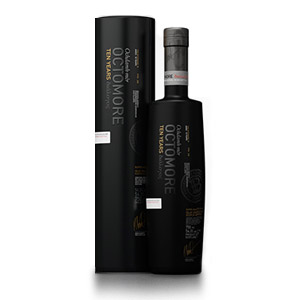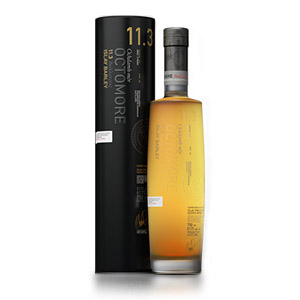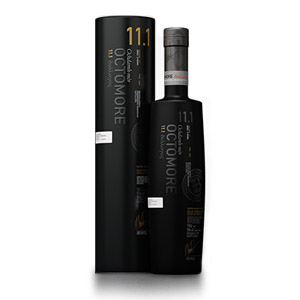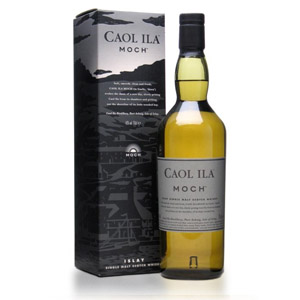Talisker (8 year) Special Release 2020
Talisker 8 is a very limited edition cask-strength (57.9% ABV) batch of the familiar Talisker 10 except at 8 years, which is a bit of a reference to earlier 1980s bottlings of Talisker that were released at that age (although not at that strength). The whisky for this year’s release was distilled in 2011 and This time, the distillery broke new ground (for Talisker) by finishing the whisky in a funky pot-still rum cask from Jamaica.









